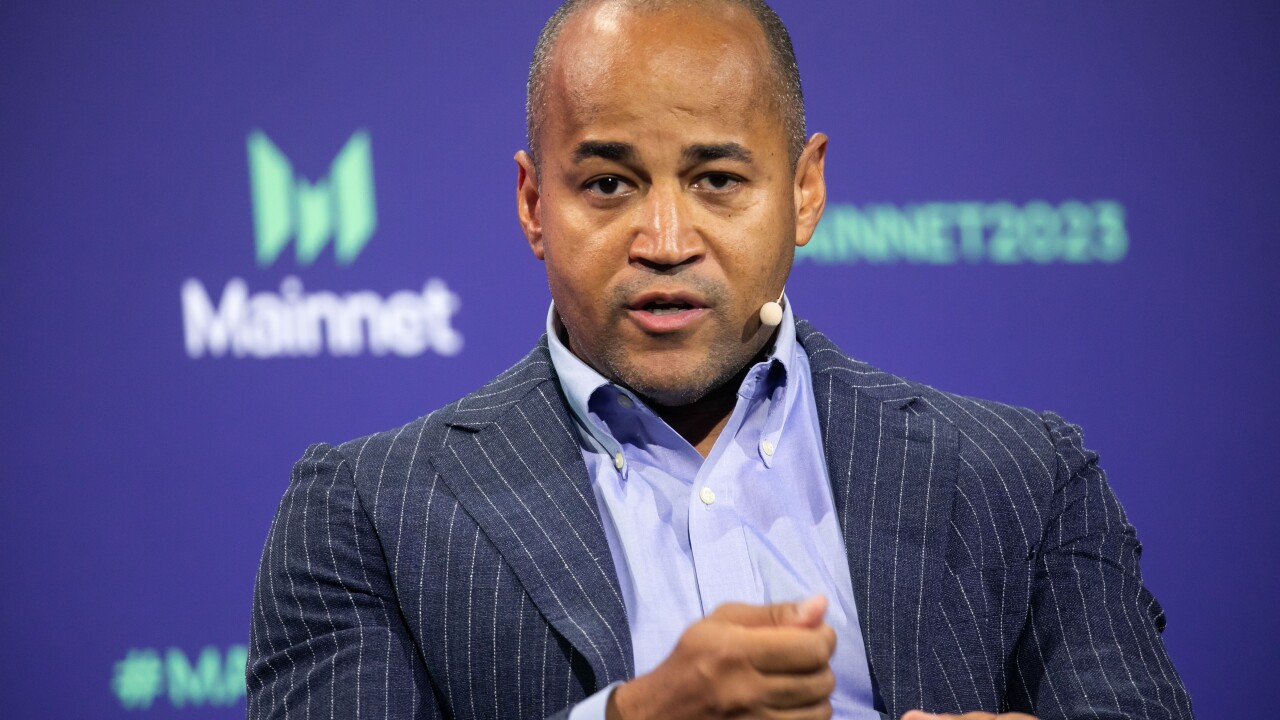Time is money when it comes to integrating bank acquisitions.
Bank investors have been very skeptical of deals with big premiums and long earn-back periods, increasing the need for acquirers to hasten systems conversions and rebranding so they can focus more time and effort on cutting costs and boosting revenue.
A recent example: Cadence Bancorp. in Houston has already wrapped up conversion of its Jan. 1 purchase of State Bank Financial in Atlanta. The $17.4 billion-asset Cadence has also cut costs quicker than it had modeled. It is already two-thirds — perhaps three-fourths — of the way toward realizing all the deal's projected savings.
“The first 100 days will really set the tone on how this thing is going to move,” said Neil Dhar, head of financial services at PricewaterhouseCoopers. “That is so critical.”
A successful integration begins before an agreement is even reached. Errors can be expensive and time consuming to fix after closing.

Acquirers should be willing to ask sellers "every possible question" during negotiations and make sure the due diligence is “painfully thorough," said Brad Tidwell, president and CEO of VeraBank in Henderson, Texas. The $2.3 billion-asset VeraBank bought the $467 million-asset Union State Bank last year.
The deal “was the fifth acquisition we had done in six years, and we have learned to leave no stone unturned no matter how small,” Tidwell said. “You are paying a lot of money and you should not be afraid to ask any questions that are business related.”
Dhar said he has seen many deals where the price made sense and the banks’ operations and offerings fit nicely, but the merger faltered because the buyer’s management team, employees and board were not on the same page. So buyers need to make sure everyone knows the rationale — and execution plan — for a deal.
Buyers should rely heavily on top-performing employees to steer the integration rather than outsourcing the work, Dhar said.
Vincent Hui, managing director at bank consultant Cornerstone Advisors, tells clients to focus on how — and who — makes decisions at a potential target. For instance, a bank where most decisions are made by high-level executives might clash with one that grants more autonomy to employees, he said.
Hui recalled an instance where employees who were once allowed to approve expense reports "freaked out" when the buyer took away that authority.
Tidwell said the Union State integration was mostly uneventful, although VeraBank did experience a “self-inflicted” wound. At that time, the company was known as Citizens National, and there was another bank with the same name in a county where Union State had four branches.
“Given all the various forms of the Citizens name in towns around Texas, we knew this day was coming," Tidwell said. "What we did not realize was just how material doing a whole bank name change on top of an acquisition was. ... It took a lot more work and was more complicated than any of us thought initially.”
While it is nearly impossible to talk about integrations without discussing culture, Dhar said that term is hard to define.
Hui agreed, adding that directors' heads always nod in affirmation during merger talks when the idea of a common culture is brought up. “But there’s no checklist like there is with something such as credit policy,” he said.
It is easier to overcome cultural differences when a buyer is much larger than the seller, Hui said. That makes mergers of equals tougher because, as similar as the banks might be, there will always be differences.
“So whose culture comes out on top?” Hui said.
CEOs can help by making sure the right governance structure is in place, Hui said. That’s because people tend to think in terms of wins and losses when any decision is made.
Cultures are as unique as snowflakes, Tidwell said.
“The approach we take is to try and understand the culture of the bank we're acquiring and determine whether those employees will transition well into our culture,” he said. “We have not had problems to date, but we're very clear upfront and not afraid to respectfully tell people that we expect them to learn our culture and adapt to it.”
Tidwell said he believes companies with vastly different cultures can form a strong bank though it isn't easy. With most community banks, the culture is a reflection of the CEO, especially if he or she has been at the bank for a while.
“I'm not afraid to buy a bank where there are some cultural differences, but dramatic differences would likely scare me,” he said.
Tidwell said he is intentional and consistent in communication about his expectations of staff at all levels as it relates to the bank’s culture. And that culture can be summed up in three simple rules, he said: Work hard, do the right thing and don’t be a "jerk."
“If you're arrogant and condescending ... to your colleagues, you will be that way to customers or others in the community,” Tidwell said.





